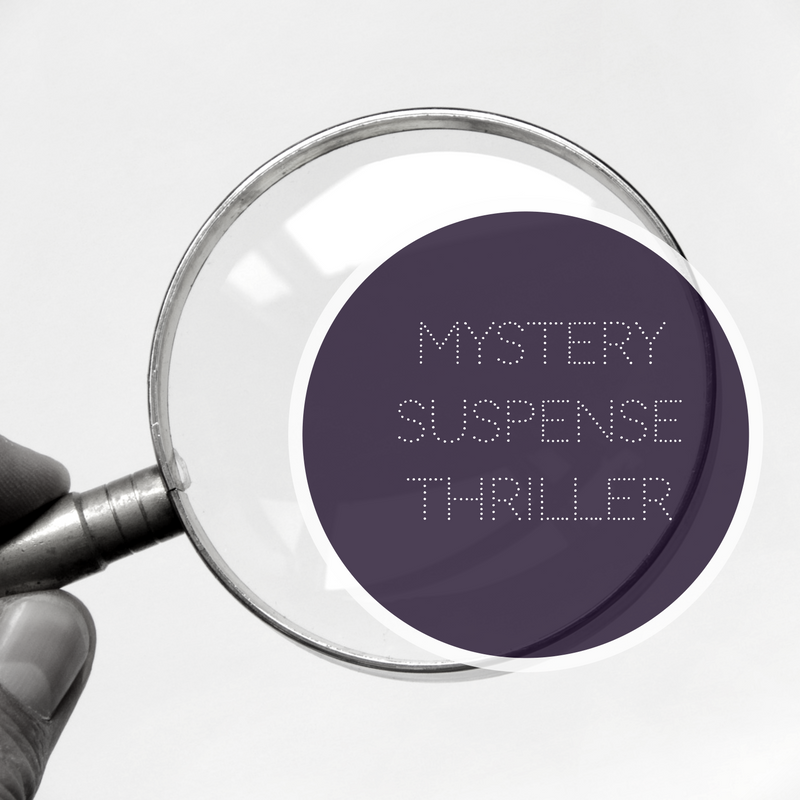Once upon a time writers actually left their characters hanging from cliffs. In the early days of movies, when theaters ran serialized episodes of a story, a cliffhanger ending was a good way to ensure viewers would make the effort to come back next week. The same was true for serialized novels run in newspapers and magazines. Writers intentionally left characters hanging (not necessarily from a cliff) to entice readers to purchase the next installment.
Today’s readers and moviegoers may roll their eyes at Pauline hanging by her fingertips from a cliff, but the cliffhanger technique is still very much in use. If we change the definition of cliffhanger from:
a situation of imminent disaster usually occurring at the end of an episode of a serialized film
to the broader concept of:
a moment of unresolved danger or conflict
then a cliffhanger can happen anywhere a writer needs to crank up the tension. The key here is unresolved. Something is left hanging.
Consider the commercial breaks in a typical detective show. When do the breaks happen? Just after some new evidence is discovered that threatens to take the investigation in a whole new direction. Viewers are left hanging during the commercial, wondering what the hero will do with the new information.
In a similar vein, writers use the cliffhanger technique at the end of a chapter, scene, or beat to keep readers turning pages.
How to use the unresolved tension of a cliffhanger to increase suspense in your manuscript
- End a scene in the middle of danger. The tried and true cliffhanger ending—a bad thing has happened and the character is left some kind of danger at the end of a scene. You might switch to a different set of characters in the next scene and leave the poor hero hanging for a scene or two, or you might continue the action in the next scene. Either way, the reader must keep reading to find out how the situation is resolved.
- End a scene by hinting that a bad thing is about to happen. The doorknob turns… A shadowy figure appears in the window… The heroine hears the voice she’s been dreading for pages… This is similar to number one, except the danger is only implied, leaving the reader to imagine all sorts of horrible things that are about to ensue.
- End a scene by hinting that a bad thing might be about to happen. A subtler variation of number two. Instead of the heroine hearing a voice she recognizes and dreads, what if she hears a voice she doesn’t recognize? Is it a friend or a foe? The reader doesn’t know until they read on.
- End a scene on an ambiguous note. Instead of making it clear exactly what happened and how that affects the main character, try leaving things a little less clear. Sometimes a writer can accomplish this simply by backing up a few sentences. Instead of ending the scene with the sleuth deciding she needs to question the shop clerk, back up a few sentences and end with the information that could be interpreted to mean the clerk was guilty.
The cliffhanger technique isn’t just for the end of chapters or episodes, however. You can use subtle touches of cliffhanger anywhere in your story.
- End a conversation with a tantalizing bit of information. Imagine the sleuth is talking with an informant who tells him about a new clue that’s come to light. But instead of giving all the details right away, the informant says, “I found something in the wall of the garage. You’d better come take a look.” The sleuth will naturally ask for details, but the if informant refuses to give them, both sleuth and reader will be dying to find out what’s been unearthed. Ratchet up the tension further by forcing the sleuth to finish his current task before he can go take a look.
- Leave a character in a high emotional state. Tension is not only created by external danger. Sometimes the conflict is within a character. Examples: The hero gets word his wife has cancer while in the middle of a meeting, or the heroine has an argument with her fiancé but has to break it off to interview a key suspect. These bits of unresolved life issues can add tension even when they have nothing to do with the main plot.
Bottom line: Look for places in your story where you can leave a situation unresolved, however briefly. Closure is important at the end of story, but unresolved tension is what keeps the reader turning page after page to get there.
Lisa E. Betz believes that everyone has a story to tell the world. She loves to encourage fellow writers to be intentional about their craft and courageous in sharing their words with others. Lisa shares her words through dramas, Bible studies, historical mysteries, and her blog about intentional living. You can find her on Facebook LisaEBetzWriter and Twitter @LisaEBetz



 We love helping your growing in your writing career.
We love helping your growing in your writing career.
